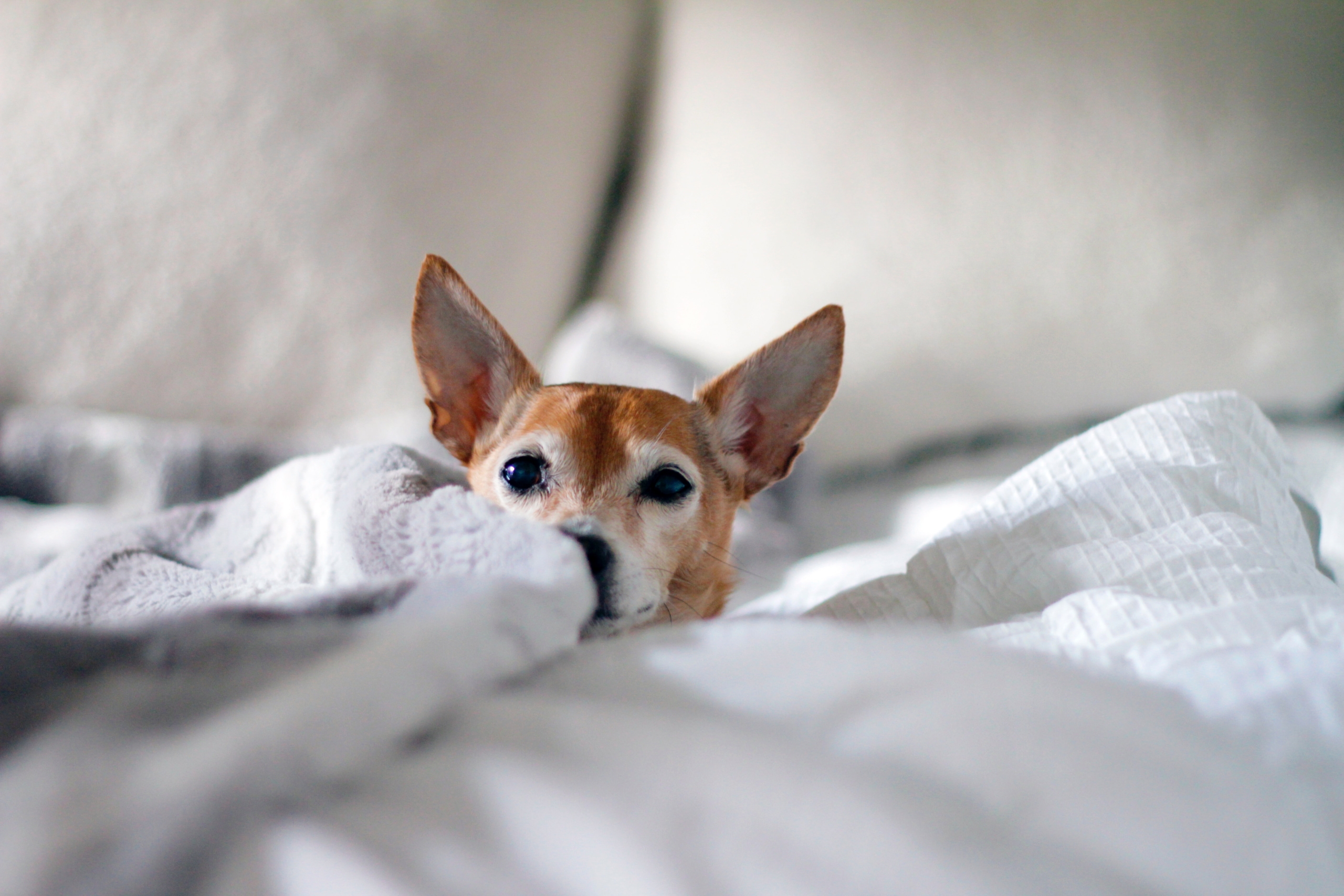Calm behaviour is the root of all dog training. If your dog can be calm, they can think and can learn… This needs teaching, especially in puppies and in adolescent dogs (when the decision making part of their brain is under developed). There are a number of ways to teach this:
1. Capture the behaviour when it happens
When the dog is being calm – at home, or when out – without staring or looking stiff – you can reinforce this… You can reach for a lower value treat and feed them, stroke them gently, gently praise etc. Its about offering something the dog likes but not so much that they get excited! You should vary what you offer so the dog doesnt learn to predict that calmness should then make them stare at you expectantly!
2. Calm playing
Whether the dog is playing with you or another dog, initially keep it short (3-5 seconds) and then follow this by a calm game (like sniffing for treats or a snuffle mat/lickitmat). Then go back to play again… Short bursts of fun followed by relaxation which leads to more fun is a great way of building up calm behaviour…
3. Spend time just hanging out together and watching the world go by
‘Normal’ dog behaviour – as seen in research studies of free roaming dogs – is to spend time walking and just watching the world. You can help to meet their needs and teach calmness by building this into your walks. Spend time in the garden, or outside the house just standing around and watching or chilling out together. This also helps to prevent the expectation that leaving the house results in a dog walk.
4. Driving and not dog walking
Dogs learn quickly that most car journeys result in a dog walk and so they get excited – especially at a key point on the drive resulting in panting, pacing around, barking, whining etc. Avoid this (mostly) by taking the dog with you if you drive to the shop, or pick the kids up etc – shorter journeys which don’t result in a walk. Or get the dog out and stand around by the car – just watching the world pass by.



